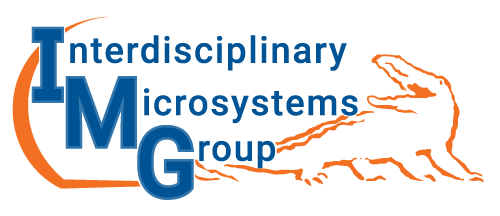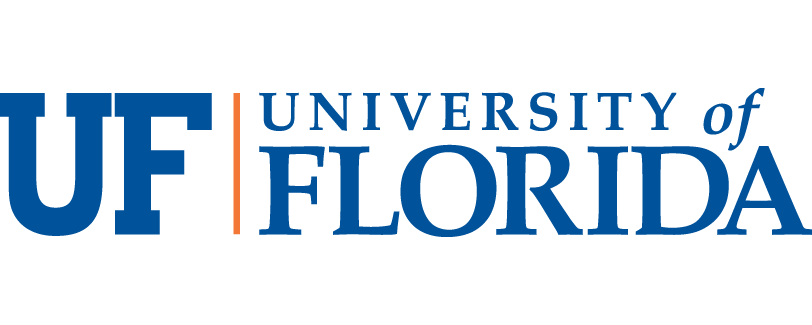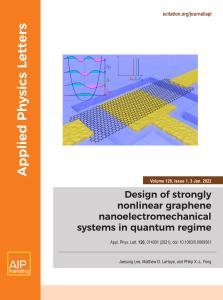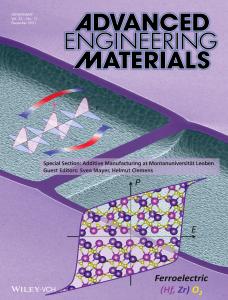Woosol Lee awarded 2022 IEEE AP-S Doctoral Research Fellowship Award
Submitted by Dennis Parnell Jr. on Thu, 01/20/2022 - 3:59pmCongratulations to IMG Member Woosol Lee who has received the 2022 IEEE Antenna and Propagation Society (AP-S) Doctoral Research Fellowship Award. This is a highly prestigious and competitive honor for Ph.D. students in IEEE AP-S, and the goal of this award is to encourage pursuit of careers in advanced electromagnetics. The award selection is based on creativity and quality of the proposed project as well as discussion of the technical interests and skills of the student. The title of his project, under the supervision of Dr. Y.K.




